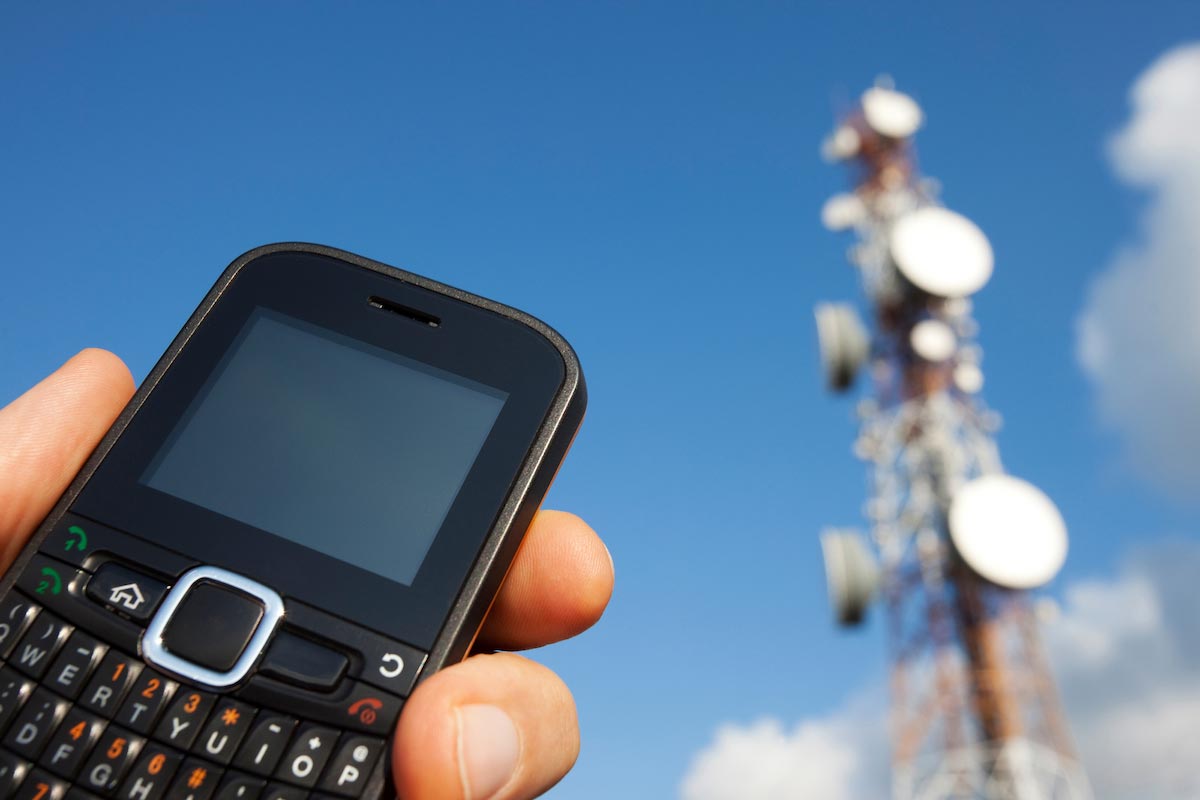WARNING: 9 out of 10 popular cell phone models exceed regulatory limits for radiation
07/09/2018 / By Isabelle Z.

Cell phone radiation is a big concern for many people, but manufacturers have largely downplayed the risks, and they’re quick to point out that their products meet the regulatory limits. That may be true, but what if the regulatory limits are inherently flawed?
Data released by France’s National Frequency Agency, ANFR, paints a very different picture of cell phone radiation danger. They found that nine out of ten popular phones that were found “compliant” in earlier lab tests were far above the legal limits when tested in ways that reflect how people actually use and carry their phones.
The original compliance tests entailed measuring the radiation that is absorbed by a test dummy filled with liquid, but this is done using a “separation distance.” When the agency re-tested popular phones from makers like Apple, Samsung, Nokia, and Motorola in the carry position most people use close to their body, they discovered that some had three times greater radiation than their original readings.
The Specific Absorption Rate, which measures how much radiation is absorbed by the body, was used in the tests. Right now, the U.S. and Canada allow an SAR of up to 1.6 watts per kilogram (W/kg), while the European Union’s limit is 2.0 W/kg. Unfortunately, in testing, manufacturers are allowed to use a separation distance of 15 millimeters between the device and the test dummy, which isn’t an accurate reflection of how most people carry their phones. Some of the biggest offenders in the test were the HISENSE SMART 5 at 6.14, the Apple iPhone 5 at 5.321, and the Motorola Motorlux at 5.86.
French physician and radiation expert Dr. Marc Arazi was pleased to see the information come to light. He warns people not to carry their cell phones against their body, and he feels the problem is especially concerning for children, teenagers, and pregnant women.
He has called on the French Environmental and Health Ministers to act immediately on this information by putting protective policies in place. Environmental Health Trust President Dr. Devra Davis agrees, saying that if phones were actually tested the way people use them in real life, most of them would be illegal.
Canadian study reported similar findings
A study in March carried out by the Canadian Broadcasting Corporation was similarly troubling. After testing some of the most popular phones on the market against the body in a testing lab certified by the U.S. government, they found the SARs to exceed the Canadian and American limits.
It’s a serious problem considering that two thirds of people have admitted they carry their phones against their bodies, despite the warnings that come with cell phones advising people to keep their phones at least 5 millimeters away from their body.
A study in the American Journal of Epidemiology linked cell phones to a doubled risk of the brain cancer glioma, and there are currently several lawsuits in the U.S. claiming that cell phones caused plaintiffs’ brain cancer.
A recent study that was released by the National Institutes of Health showed cell phone radiation to cause male rats to develop cancer, and their tumor incidence rose with the radiation doses to which they were exposed, yet the wireless communications industry is opposed to using SAR testing in a body contact position.
You can’t trust the phone manufacturers or the government to ensure your safety when it comes to cell phones, so you’ll have to take matters into your own hands. When using a landline simply isn’t possible, use your phone’s speaker function or a non-Bluetooth headset. Maintain your phone away from your head and body as much as possible, at least at an arm’s distance. Never wear your phone in your bra or your pocket, and don’t sleep with it near your head. Above all, you should keep children away from these devices.
Read EMF.news for more news stories about electromagnetic pollution.
Sources for this article include:
Tagged Under: cell phone radiation, cell phone testing, cell phones, EMF, radiation, radiation science, SAR, technology dangers




















